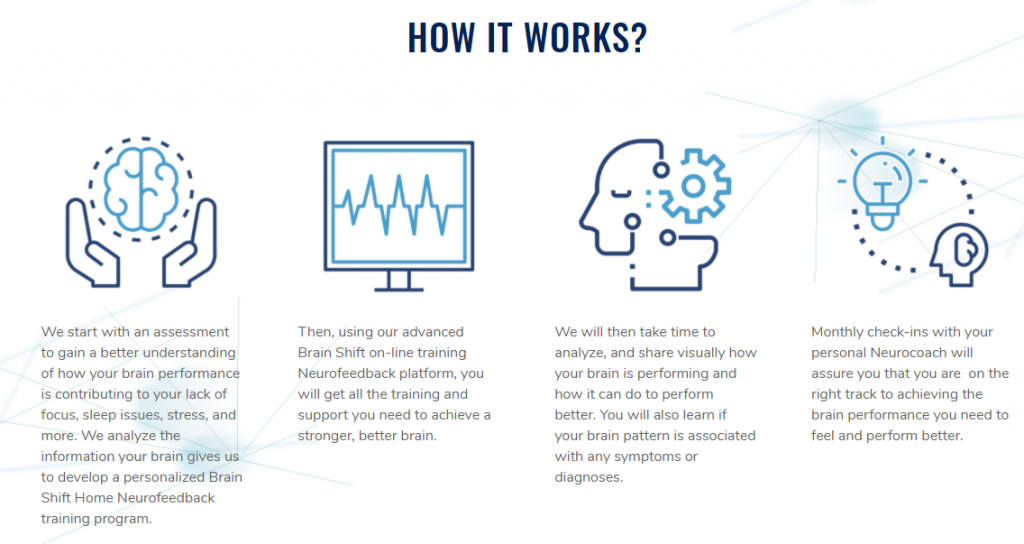
qEEG involves positioning small sensors on the scalp to record brain oscillations. These cerebral oscillations are then analyzed to identify patterns that may suggest sleep conditions, including sleep apnea. By examining these patterns, healthcare providers can gain a clearer picture of how sleep apnea interrupts typical cerebral function during slumber. This information can be crucial for developing efficient treatment strategies customized to specific patients. Understanding the connection between qEEG and sleep apnea can lead to enhanced identification techniques and superior results for those impacted by this condition.
Research has demonstrated that individuals with sleep apnea often display specific alterations in their cerebral oscillation patterns. For example, during episodes of apnea, the click to read more brain may show increased function in specific regions while additional areas become more engaged. These alterations can influence how effectively a individual sleeps and how rested they feel upon waking. By using qEEG to monitor these brain wave patterns, doctors can identify specific characteristics of sleep apnea in patients, which can help in making a more accurate diagnosis. This is especially important because sleep apnea can sometimes be mistaken for other sleep disorders, leading to inappropriate treatments.
In furthermore to improving diagnosis, qEEG can also play a role in evaluating the effectiveness of treatments for sleep apnea. For instance, after a patient begins using a continuous positive airway force (CPAP) machine, which assists maintain the passage clear during slumber, qEEG can be utilized to evaluate alterations in cerebral function. If the cerebrum exhibits enhanced trends of sleep after starting treatment, it may indicate that the therapy is working well. This response can help doctors make necessary adjustments to treatment plans, ensuring that patients receive the optimal treatment feasible.
In summary, the relationship between qEEG and sleep apnea patterns is an exciting area of research that offers potential for enhancing diagnosis and treatment. By understanding how sleep apnea affects brain activity, medical professionals can formulate more effective approaches to help patients achieve improved slumber and enhance their general well-being. As studies continues to evolve, it is likely that qEEG will become an integral instrument in the battle against sleep apnea, leading to better outcomes for those who experience from this difficult disorder.